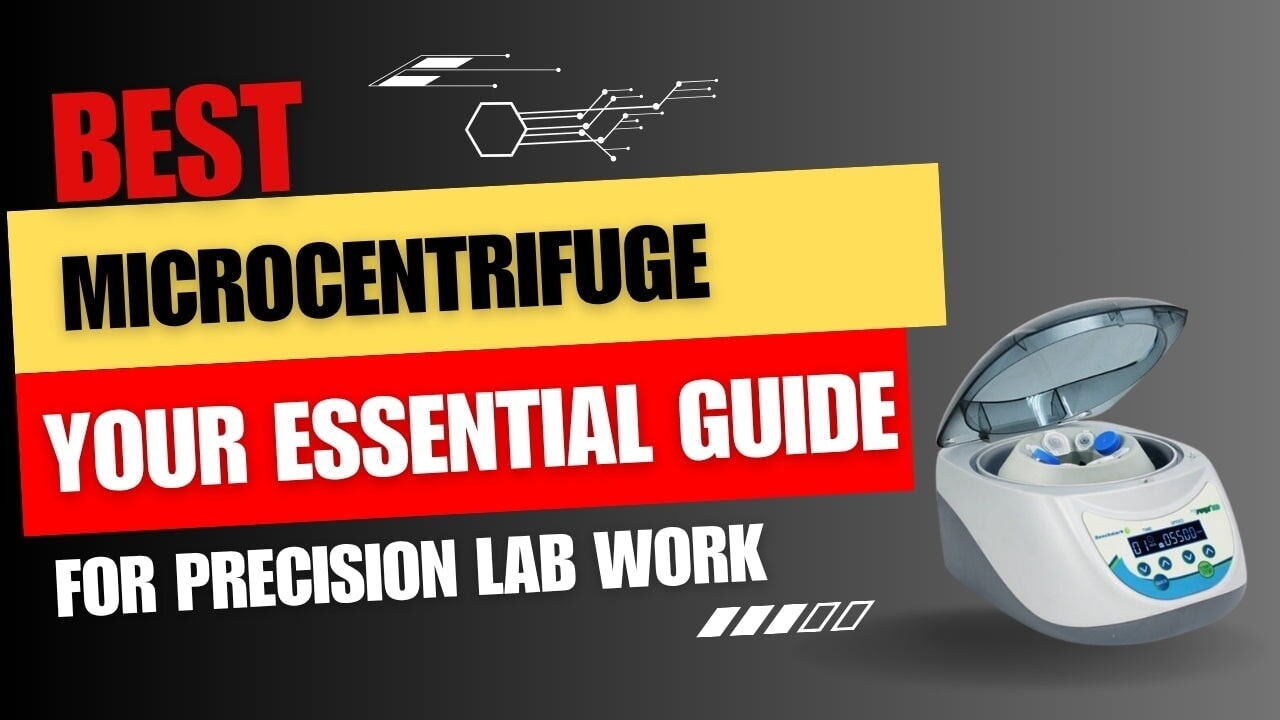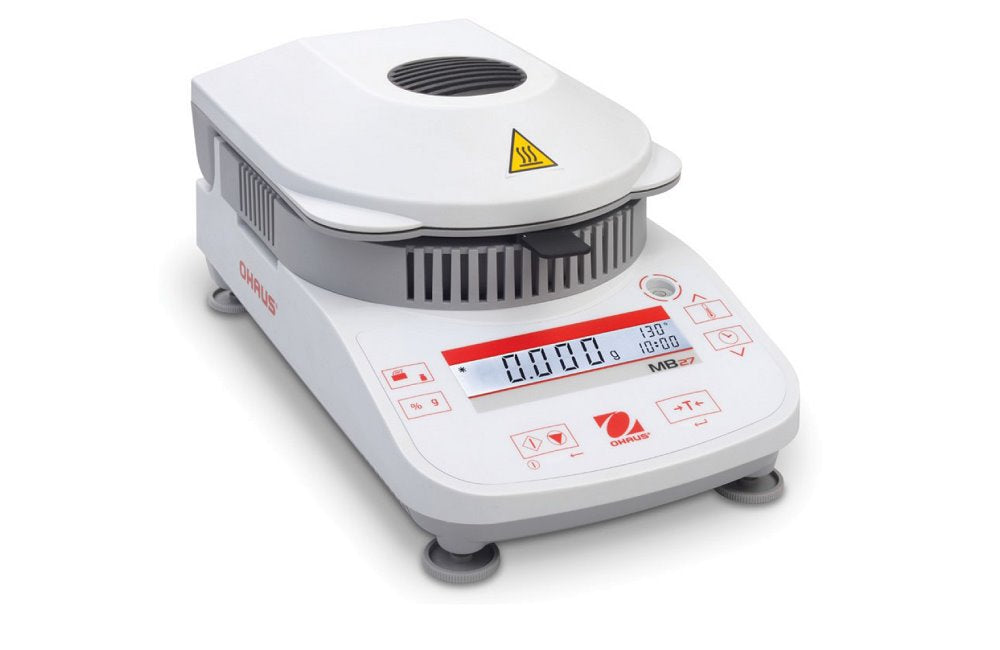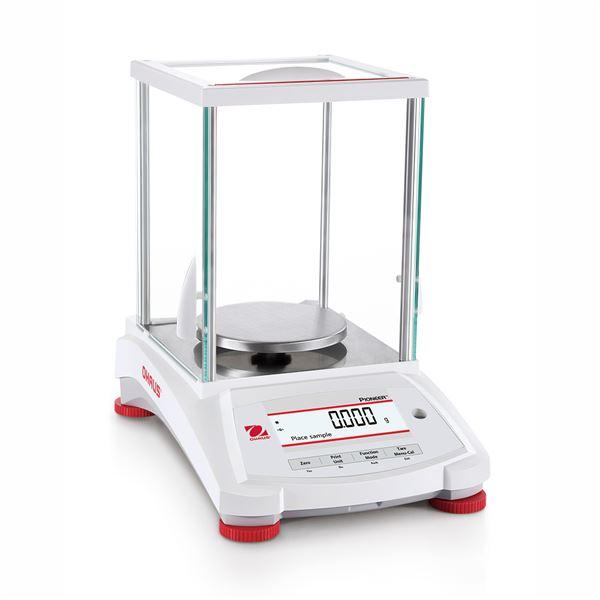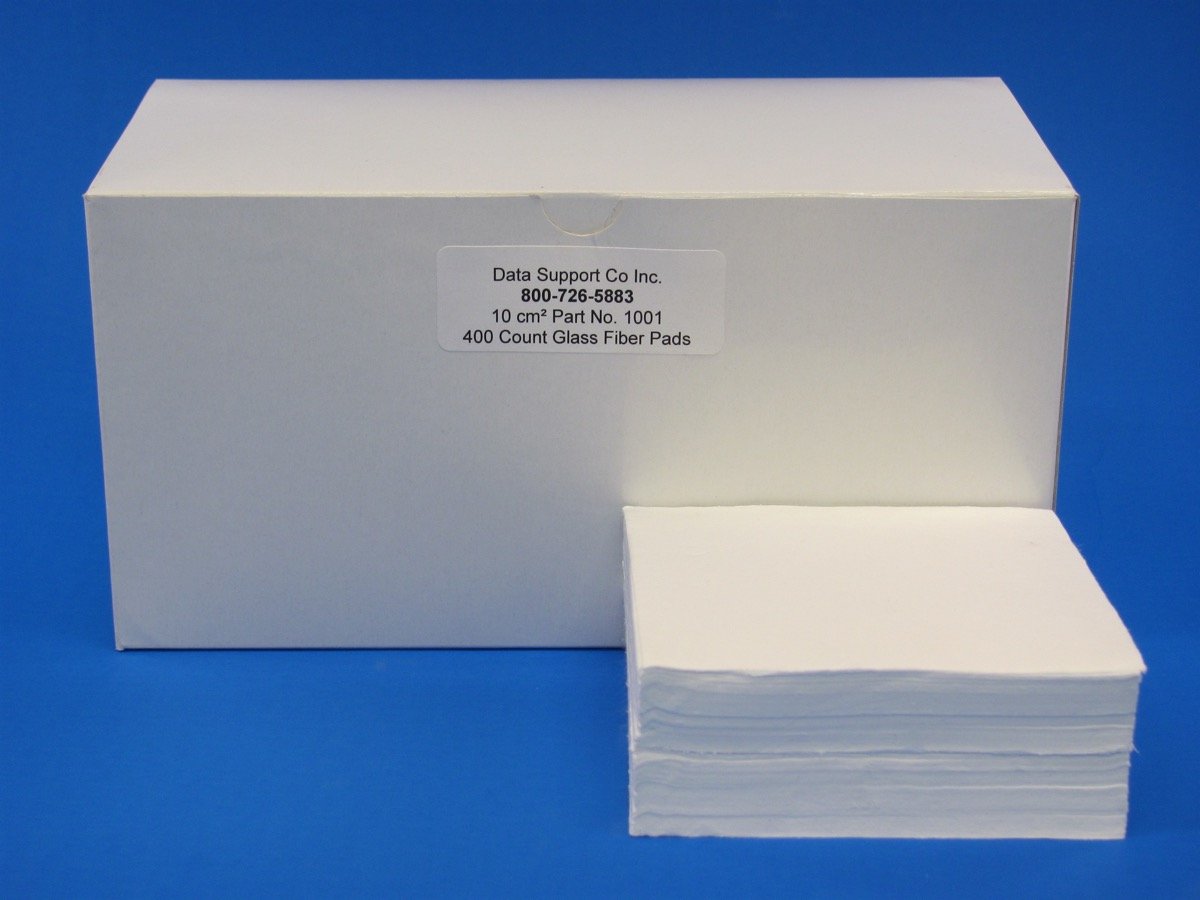Introduction to Microcentrifuges
Microcentrifuges are essential laboratory instruments designed for spinning small volume samples at high speed, delivering exceptional performance in molecular biology and clinical research. Centrifuges, in general, are vital laboratory instruments used for the separation of samples based on size and density, and microcentrifuges are a specialized type designed for small sample volumes.
They are a type of multipurpose centrifuge, offering variable speed control, temperature regulation, and multiple rotor options for diverse applications.
Microcentrifuges are built for durability and easy operation, ensuring reliable results with minimal maintenance and quiet operation. Their small size is a key advantage for space-constrained labs, as the compact footprint saves valuable bench space and allows them to fit under laboratory hoods.
They are ideal for handling microcentrifuge tubes, including 0.2 ml, 0.5 ml, 1.5 ml, and 2 ml tubes, with adapters for different tube sizes.
The power of microcentrifuges enables robust, high-speed operation and reliable results for small volume samples, making them indispensable in research, clinical, and industrial laboratory settings. Microcentrifuges play a crucial role in protecting samples and ensuring accurate results in various laboratory settings.
Types of Microcentrifuges

-
Fixed-speed microcentrifuges are suitable for routine applications, while variable-speed models offer more versatility and flexibility.
-
Microcentrifuges can be equipped with different rotors, including fixed-angle and swing bucket rotors, to accommodate various tube sizes and types.
-
Some microcentrifuges are designed for specific applications, such as PCR strips, deepwell plates, and microplates, making them ideal for molecular biology and research.
-
Compact microcentrifuges with a small footprint are perfect for laboratories with limited space, offering high-speed centrifugation and quiet operation.
-
Microcentrifuges can be operated at different temperatures, ranging from -20°C to 40°C, to protect samples and ensure optimal results.
Key Features of Micro Centrifuge
Maximum speed and maximum RCF (x g) are critical factors in determining microcentrifuge performance and suitability for specific applications, with many models emphasizing their max capabilities for the highest performance. Microcentrifuges with a high speed and capacity are ideal for handling large numbers of samples, while smaller models are suitable for small volume samples.
Temperature control and regulation are essential features in microcentrifuges, ensuring that samples are protected and results are accurate.Safety features, such as lid locks and emergency stops, are crucial in preventing accidents and ensuring operator safety. Microcentrifuges with advanced specifications, such as programmability and digital displays, offer enhanced functionality and ease of use.
Today, microcentrifuges incorporate the latest technological advancements to meet the evolving needs of modern laboratories.
Safety Considerations and Best Practices
Operating a microcentrifuge safely is crucial for protecting both your samples and laboratory personnel, as well as ensuring the longevity and exceptional performance of your equipment. Always handle microcentrifuge tubes with care, especially when working with small volume samples in 0.2 ml, 1.5 ml, or 2 ml tubes, to prevent breakage and sample loss. Before starting any centrifugation, double-check that all rotors, adapters, and microcentrifuge tubes are correctly installed and balanced. This is essential for high speed and fixed speed models alike, as imbalance can lead to equipment damage or accidents.
Select microcentrifuge tubes and accessories that are compatible with your specific centrifuge model and application—whether you’re working with PCR strips, deepwell plates, or microplates—to deliver exceptional performance and protect samples. For applications in molecular biology or clinical research that require precise temperature control, choose a microcentrifuge with a suitable temperature range to ensure your DNA, proteins, or other sensitive samples remain stable. Pay close attention to the maximum speed and x g (relative centrifugal force) specifications for your samples, and never exceed the recommended limits for your tubes or rotors.
Regularly inspect the lid, rotors, and adapters for signs of wear, cracks, or corrosion. Replace any damaged components immediately to maintain quiet operation and safety. Keep your microcentrifuge clean and dry after each use to prevent contamination and ensure durability, especially when handling a variety of samples and tube sizes. Store your microcentrifuge and its accessories in a secure, dry location with a compact footprint, away from direct sunlight and moisture, to preserve their condition and versatility. Always follow the manufacturer’s guidelines and user manual for safe operation, including proper loading, closing the lid securely, and using recommended safety features such as automatic lid locks and imbalance detection. Ensure all users are properly trained in the operation and maintenance of the microcentrifuge, including emergency procedures and best practices for handling micro samples and ml tubes. By following these best practices and safety considerations, you can ensure reliable results, protect your valuable samples, and make your microcentrifuge an indispensable tool for a wide range of research and clinical applications.
Choosing the Right Tubes

Microcentrifuge tubes are available in various sizes, including 0.2 ml, 0.5 ml, 1.5 ml, and 2 ml, with 1.5 mL and 2.0 mL being standard sizes widely used in laboratories for compatibility with typical protocols and equipment standards.
Tubes can be made of different materials, such as polypropylene or polyethylene, and may be sterile or non-sterile, depending on the application.
Adapters and inserts are available for different tube sizes, allowing for flexibility and versatility in microcentrifuge use. Adapters are also available for x 1.5 mL tubes to ensure compatibility with various microcentrifuge models.
Microcentrifuge tubes can be used for a variety of applications, including DNA, RNA, and protein extraction, and are compatible with different microcentrifuge models.
Specialized Applications
Microcentrifuges are used in various research and clinical applications, including molecular biology, genomics, and proteomics. They are ideal for handling small volume samples, such as those used in PCR and DNA sequencing. Microcentrifuges can be used for quick spin downs, separating substances by density, and protecting samples from degradation.
They are suitable for use with microplates, deepwell plates, and other specialized laboratory equipment. Microcentrifuges can be combined with other laboratory instruments, such as spectrophotometers and pipettes, to create a powerful and versatile laboratory setup.
Maintenance and Troubleshooting
Regular maintenance, such as cleaning and lubricating moving parts, is essential for ensuring microcentrifuge longevity and performance; it is also important to follow the correct order of steps during setup and maintenance to ensure accurate and efficient sample separation. Troubleshooting common issues, such as imbalance and vibration, can help prevent accidents and ensure optimal results.
Microcentrifuge rotors and tubes should be handled with care, as they can be fragile and prone to damage. Storage and transportation of microcentrifuges require careful consideration, as they can be sensitive to temperature and humidity. When experiencing issues with microcentrifuge operation, it is recommended to consult the user manual or contact the manufacturer for assistance.
Conclusion and Future Directions

Microcentrifuges are essential instruments in modern laboratory settings, offering exceptional performance, versatility, and reliability. When choosing a microcentrifuge, considerations such as speed, capacity, and temperature range should be taken into account.
Microcentrifuges can be used in a variety of applications, from molecular biology to clinical research, and are compatible with different tube sizes and types. Future developments in microcentrifuge technology are expected to focus on enhancing functionality, improving safety features, and increasing versatility. By understanding the key features and applications of microcentrifuges, researchers and clinicians can make informed decisions when selecting and using these essential laboratory instruments.
Frequently Asked Questions
What is a microcentrifuge used for?
A microcentrifuge is a laboratory device used to rapidly spin small liquid samples, typically in microcentrifuge tubes ranging from 0.2 to 2.0 mL. It’s commonly used in molecular biology, biochemistry, and clinical labs to isolate DNA, RNA, proteins, or cellular components by separating materials based on density through centrifugal force.
What is the difference between a centrifuge and a microcentrifuge?
The key difference lies in sample size and use case. A centrifuge is a broad term for machines that spin samples to separate components by density and can handle larger tubes (5–50 mL or more), while a microcentrifuge is specifically designed for small-volume tubes (less than 2 mL). Microcentrifuges are ideal for precision work in genetic and molecular applications, whereas standard centrifuges are more versatile across various disciplines.
What is the purpose of using a microcentrifuge?
The purpose of using a microcentrifuge is to quickly and efficiently separate small volumes of substances based on their density. This is critical in DNA purification, protein extraction, pellet collection, and sample preparation for further analysis. Its compact size and high-speed rotation make it essential in genetic engineering, diagnostics, and lab testing protocols.





